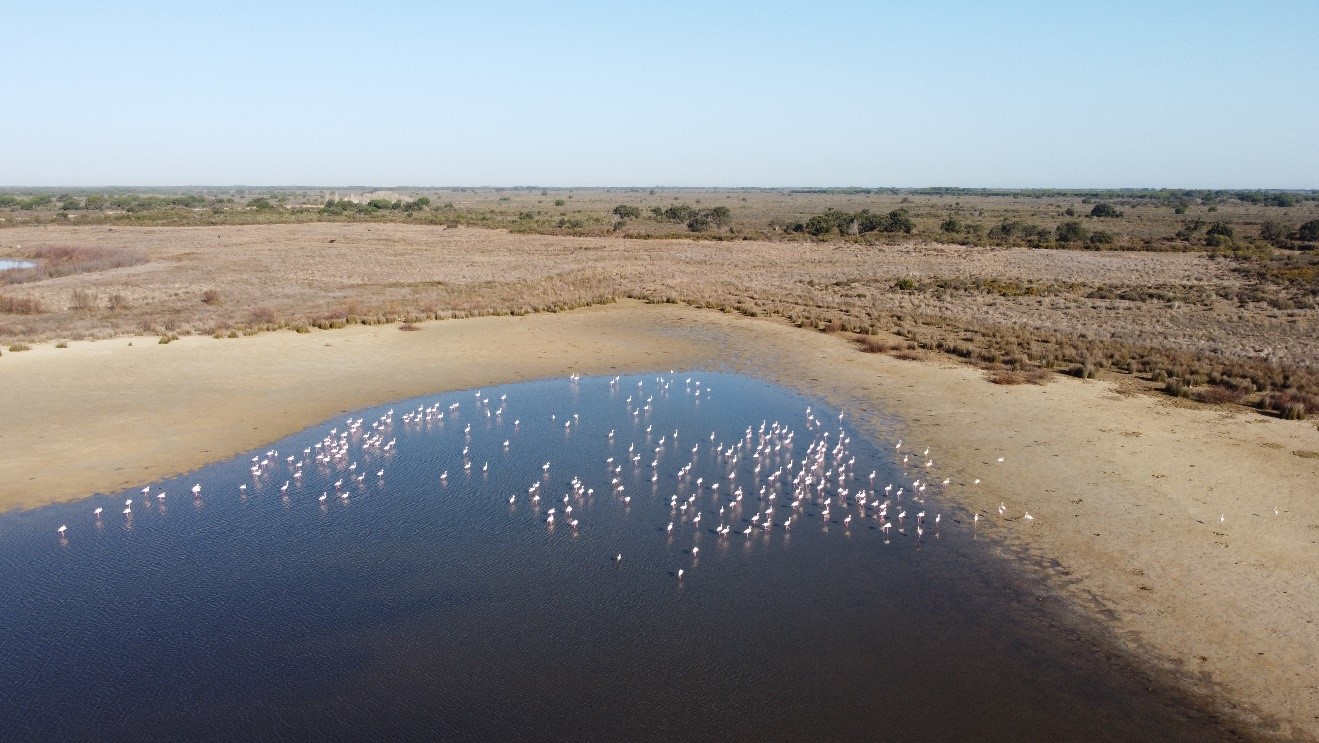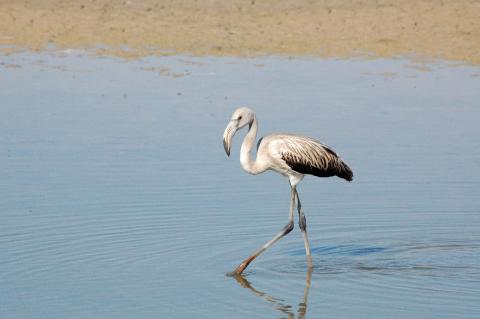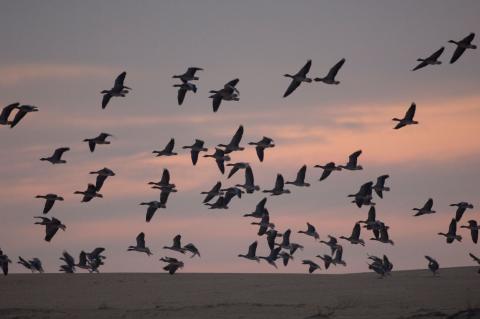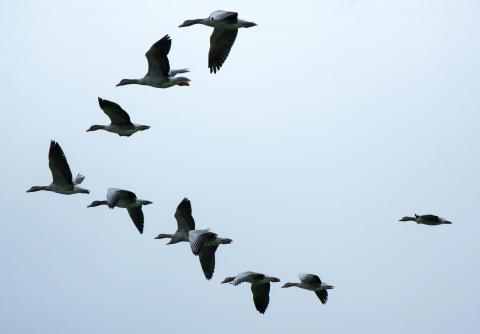Reactions to the poor conservation status of waterfowl in Doñana
Species of birds common in the marshes of Doñana as the common tern, the brown pochard, the marbled teal, the marsh harrier or the black-bellied sandpiper have recorded a decline in their population for more than a decade, a trend that accelerated since 2019. This is one of the conclusions of the Report on the conservation status of waterfowl in Doñana, published today by SEO/BirdLife.

Andy Green - aves Doñana EN
Andrew J. Green
Research Professor at the Doñana Biological Station (EBD-CSIC)
The SEO/BirdLife report correctly summarizes the poor conservation status of waterbirds in Doñana, especially based on censuses carried out by the EBD-CSIC between 2004 and 2022. It also identifies the main threats and proposes a series of management measures that would help improve the situation.
Waterbirds serve as bioindicators for aquatic biodiversity in general. Their main advantages are that they are easy to count compared to other animals (such as fish, amphibians or invertebrates) and that there are historical data that allow us to understand the changes in Doñana from decades or even a century ago. Some of the threatened species were much more abundant in Doñana a century ago than in any year studied in the report (e.g., marbled teal or brown pochard). The negative trends in populations of many species since 2004 demonstrated in this report reflect, above all, the deterioration in water quantity and quality in the Doñana marsh.
However, most birds are migratory and trends also depend on changes along their migratory routes, so it is always best to contrast trends in Doñana with those recorded in the rest of Europe, something that is not done in the report. Likewise, possible changes in the distribution of species due to their thermal niches, following the increase in temperatures that have already been recorded, are not considered. For example, geese are in decline in Doñana, but are increasing in northern Europe, where they nest.
In addition, in my opinion, there are management measures that could be added to the list in the report. The drastic decline in the number of colonial birds such as terns, avocets and black-billed terns may be due in part to the lack of suitable islands for their colonies and it would be possible to create more in fishponds or other areas. Also not considered are the forecasts for the rise in sea level due to climate change and the need to consider measures to avoid saline intrusion in the fresh marsh areas where many species nest.
“Formo parte de la plantilla de la EBD-CSIC, organismo que ha realizado los censos de aves, y soy socio de SEO/BidLife”.
Inmaculada Álvarez - aves Doñana EN
Inmaculada Álvarez-Manzaneda Salcedo
Permanent professor in the Department of Ecology at the University of Granada
Doñana National Park, a treasure of biodiversity, is facing its greatest dry cycle in history. The lack of precipitation, together with the overexploitation of the area's water resources, the increase in greenhouses and the effects of global warming, threaten the survival of this Mediterranean wetland. While the effects of climate change will continue to bring with them a decrease in precipitation, better water management should be carried out in order to minimize this threat and conserve Doñana.
This report, carried out by the Spanish Ornithological Society (SEO/BirdLife), focuses on the current situation of waterbirds in Doñana, as well as the threats they face and the actions that could be taken for their conservation. The report is based on information obtained from monitoring carried out by the Doñana Biological Station (CSIC) and the International Waterbird Census (IWC) for wintering species.
Doñana is of high international importance as a refuge for different species of waterfowl as a wintering, breeding or migratory passage area due to its geographical location. In addition to having been declared a Special Protection Area for Birds (SPA) and being on the Ramsar list, it is on UNESCO's World Heritage List. It has been cited 467 species of birds, some of which are seriously threatened and take advantage of the permanent lagoons in years of deficient rainfall, Doñana being the main wintering and breeding area in Spain for several species.
This report is of great relevance since it analyzes, on the one hand, the number of individuals censused in the wintering areas since 1990 as well as the species censused and the breeding species observed since 2004. In addition, they analyze the trend observed in recent years in the different species that breed in the marsh, as well as others that use trees or other vegetation or the ground for this task. In general, a worrying negative trend is observed, which, in many cases, is even more alarming in the case of endangered or threatened species. Finally, the serious threat of climate change on Doñana is noted. This, together with the exploitation of aquifers, dumping and the increase in predators such as the wild boar, endangers its biodiversity.
We are currently experiencing in Spain one of the worst droughts that have taken place in 50 years. Thanks to scientific evidence, we know that these situations will continue to worsen over time due to global warming. Many scientists have expressed their concern about the situation and the threats facing the Doñana National Park and the urgency of taking measures to mitigate the effects of climate change on this wetland. This concern has only increased due to the latest proposals for water exploitation that seem to go in the opposite direction to the measures that should be taken in order to minimize the impacts of drought.
In terms of limitations, although the recommendations and measures to be taken that are proposed [in the report] are, at times, somewhat general, I believe that they could serve as a basis for decision making by experts and those responsible for management when facing the various threats that Doñana faces.
SEO/BirdLife
- Report
- Non-peer-reviewed
- Animals



